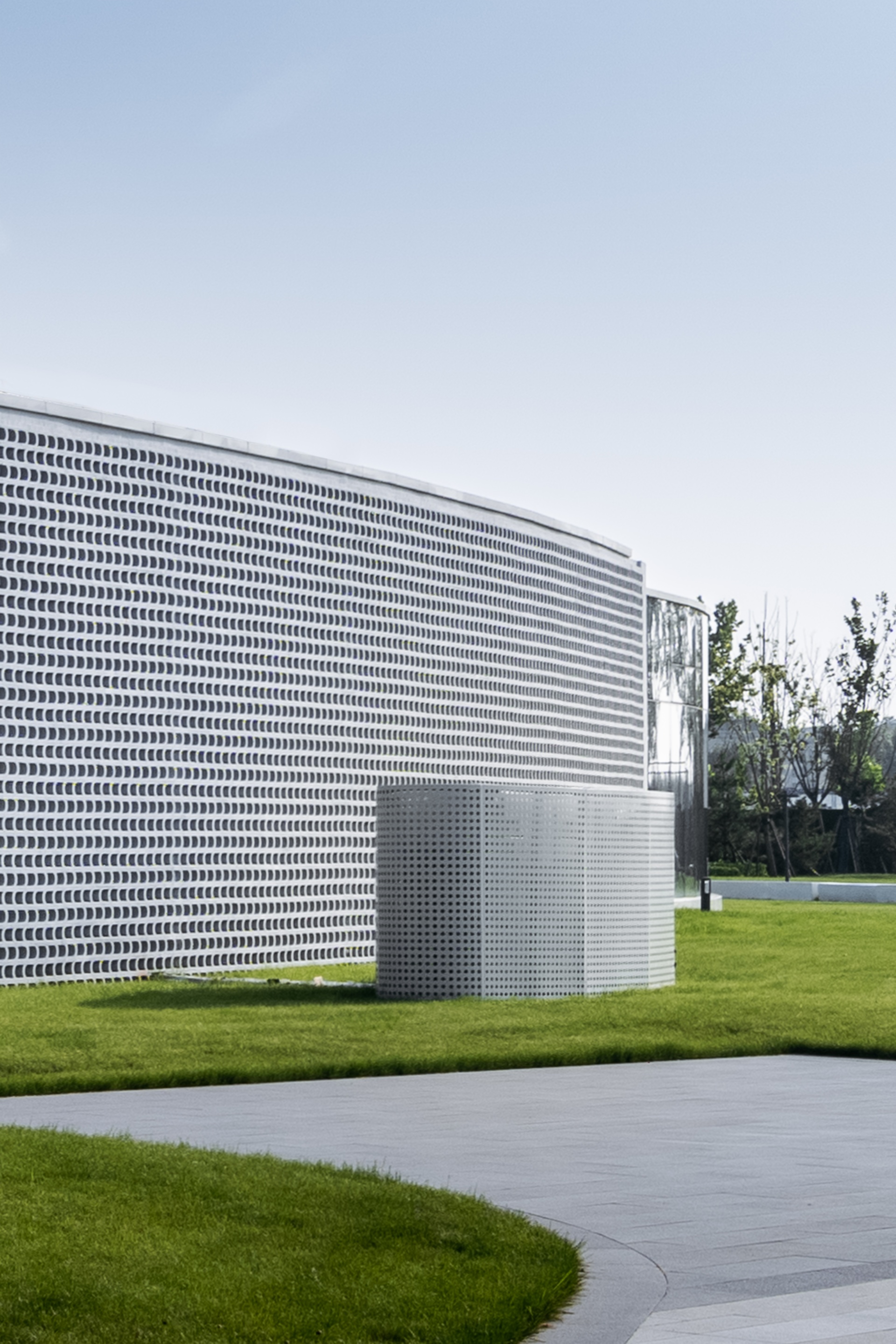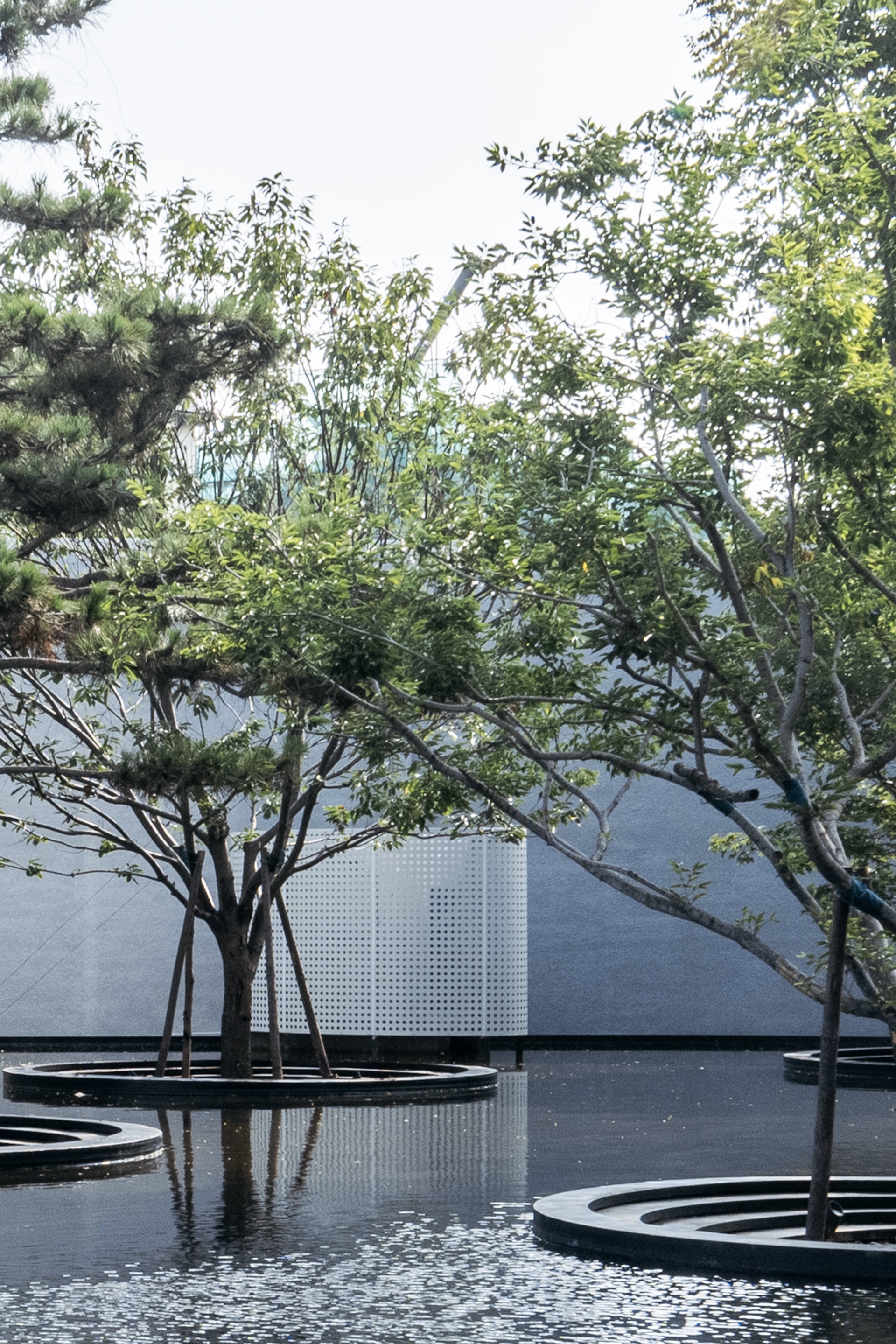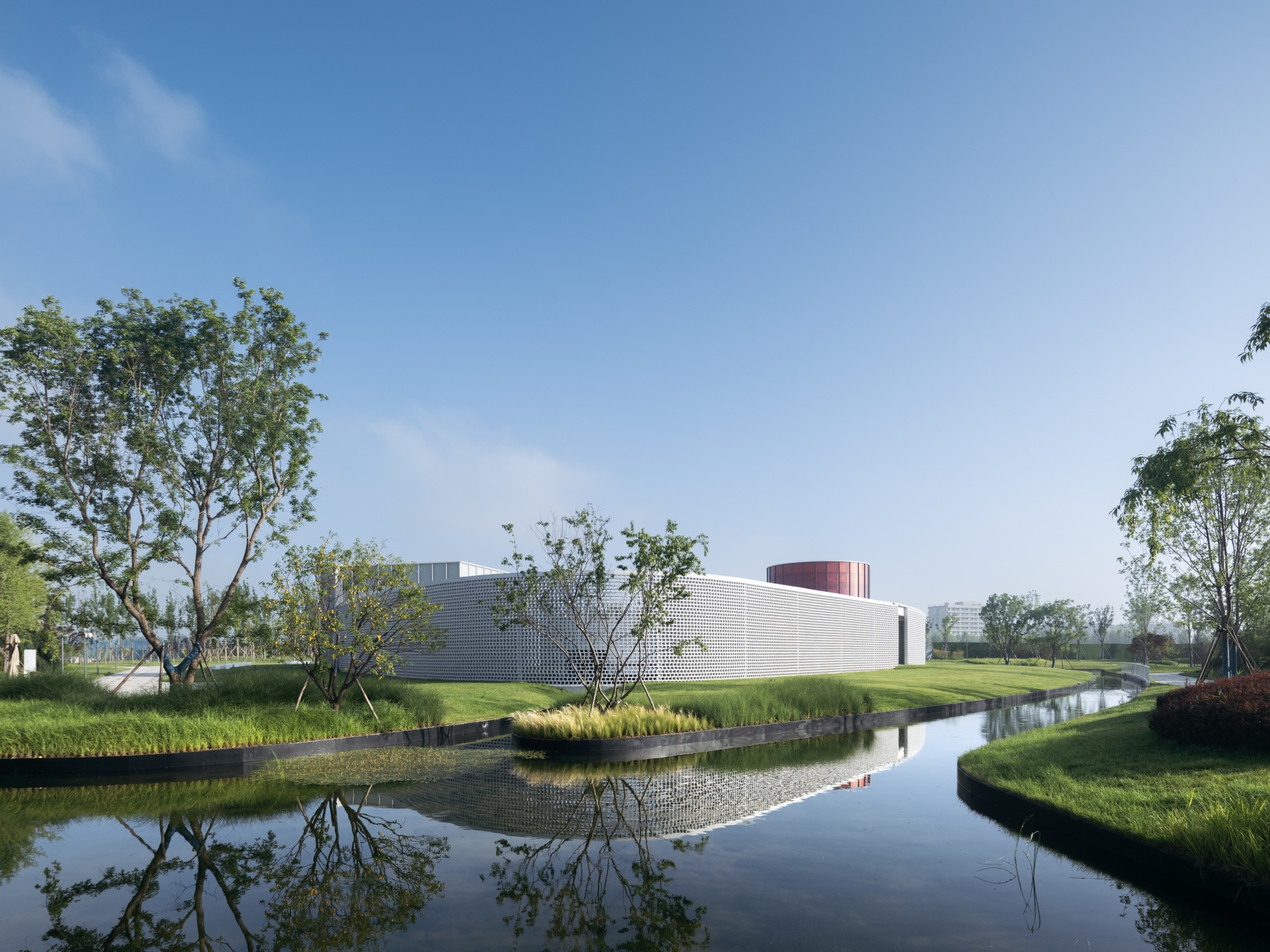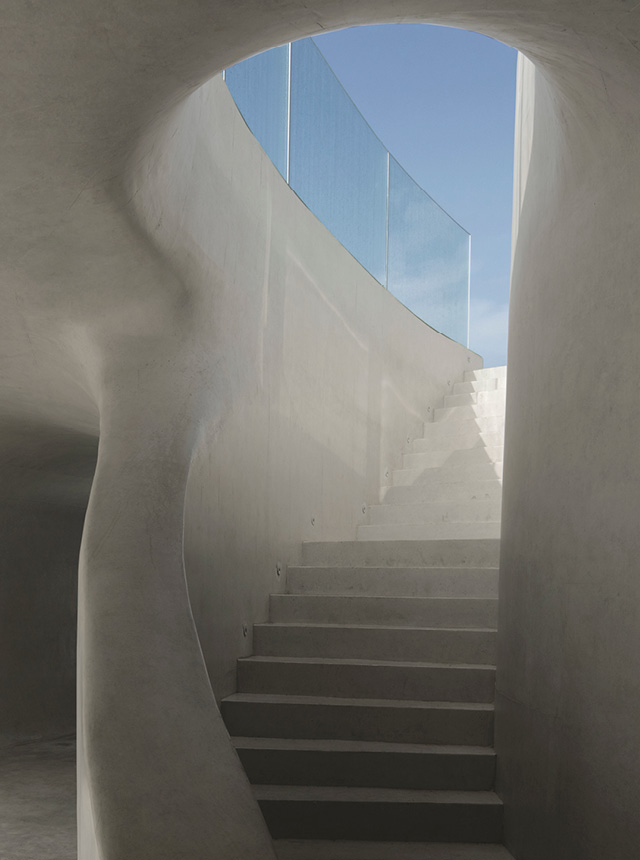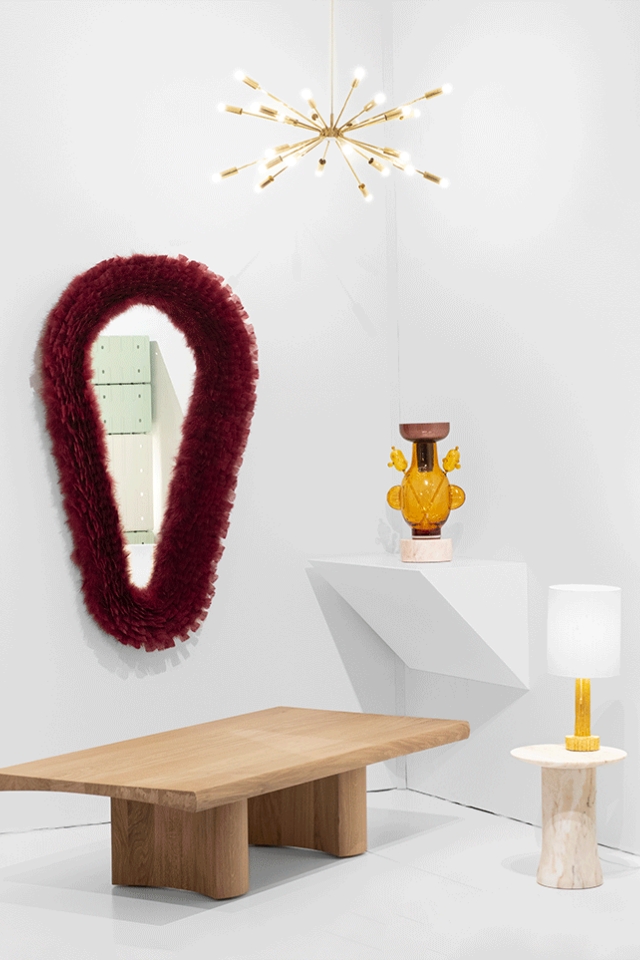Queen Dido created the great carthage by cutting cow skin into thin strips and circling a piece of land. In an open green space at the intersection of three residential clusters in the Weilan Coast campus, the founder and design director of Wutopia Lab reveals he broke up the 1,300 square metre building into different monoliths combined with walls, corridors and ambiguous spaces into a triangular-shaped 3,600 square metre place - the Monologue Art Museum.
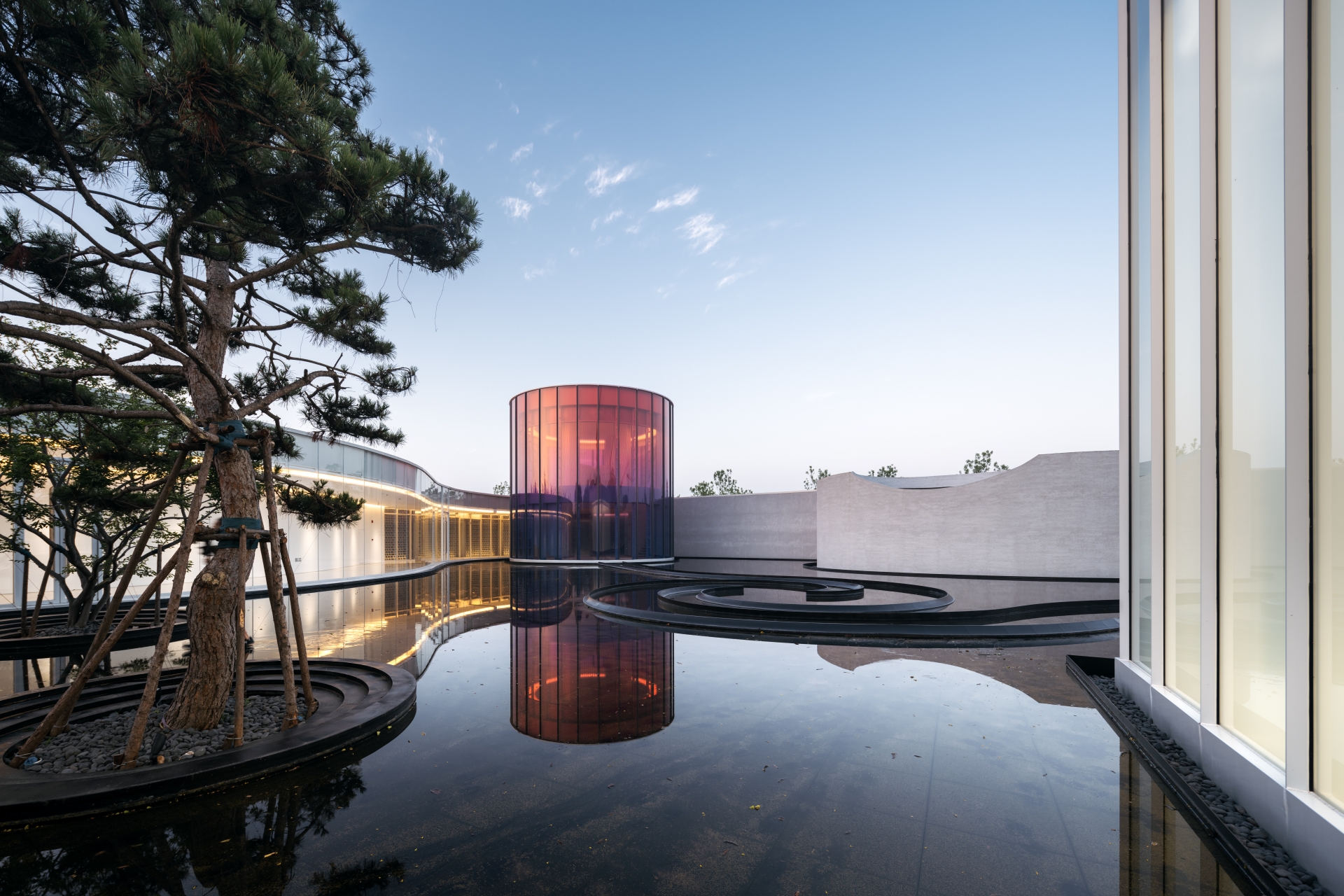
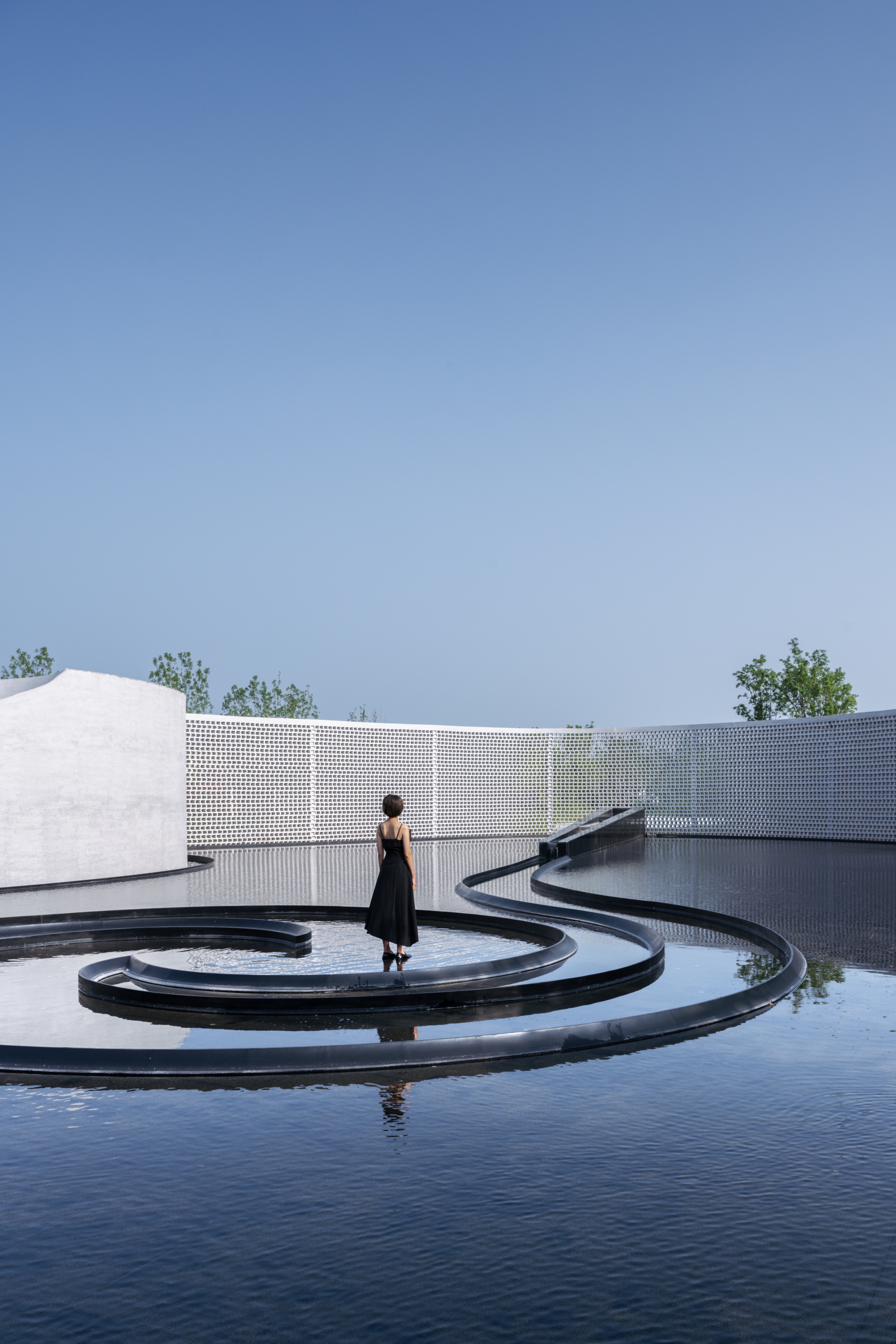
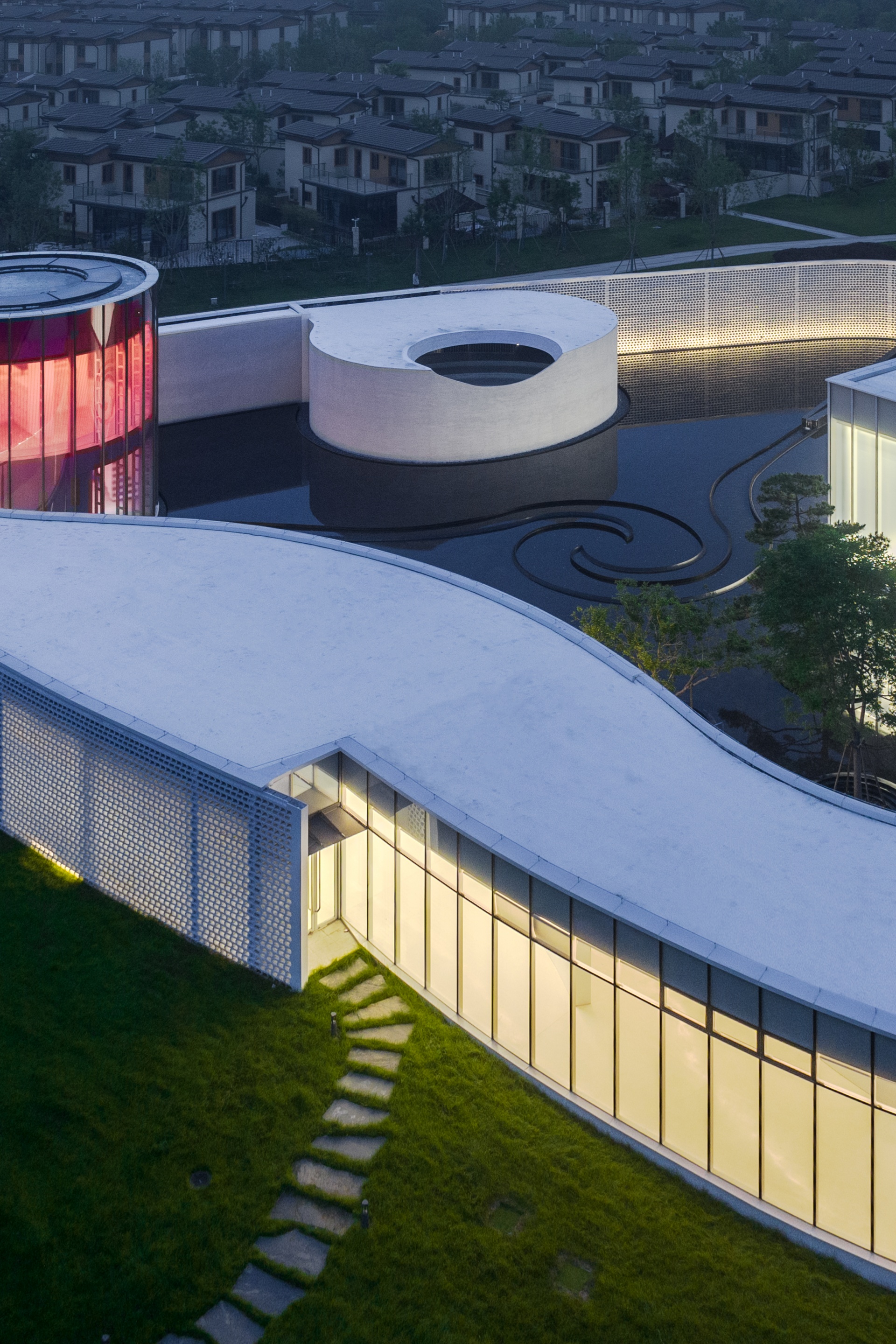
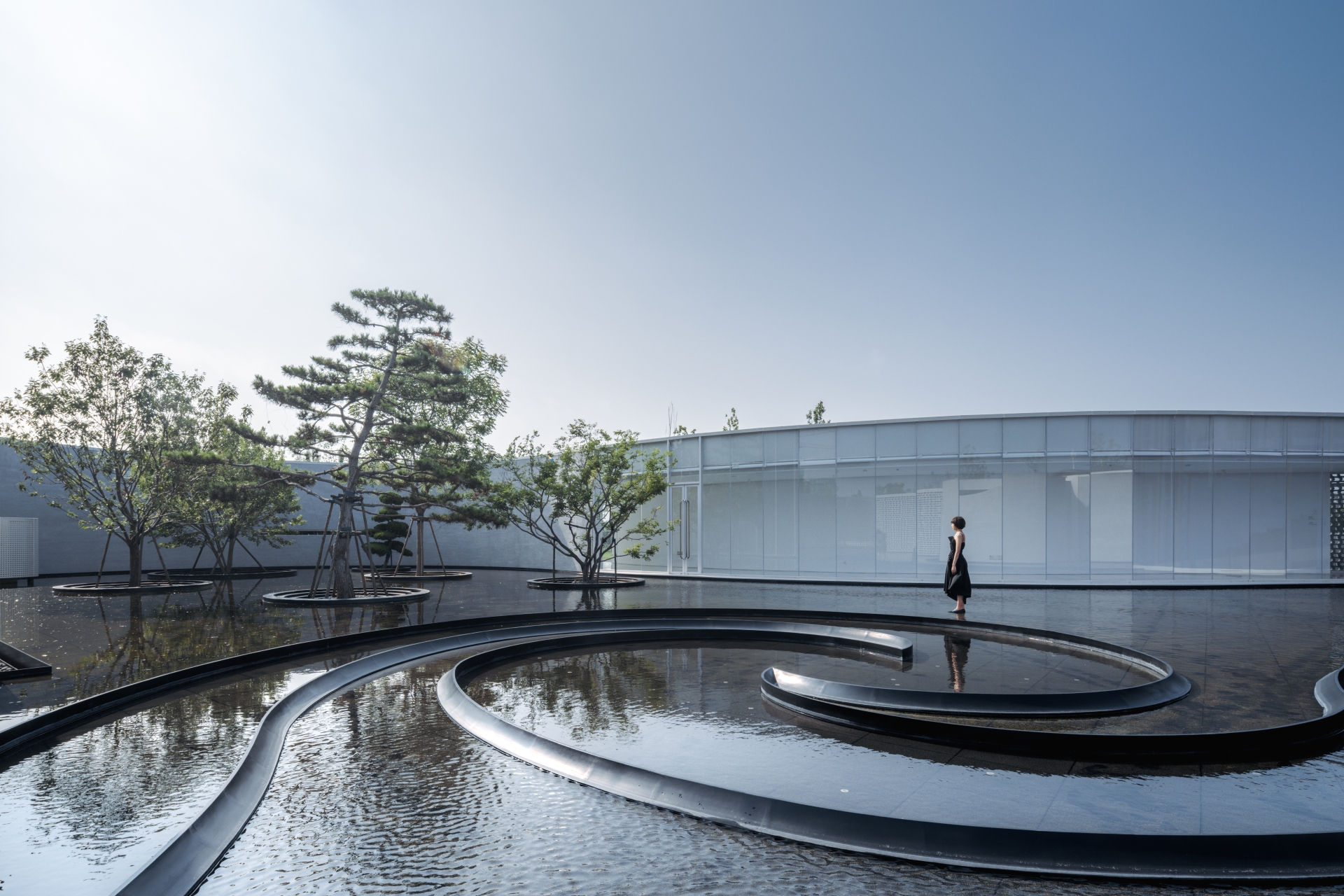
The Monologue Museum is a slowly unfolding hand scroll. Starting from the small entrance theatre where the light breaks through the corners, entering the art gallery, the quiet water courtyard slowly reveals itself along the open corridor with shifting lights, passing through the colourful yoga room to the bright art gallery (exhibition and painting rooms). Then the light fades, the path gets narrower, and one almost misses the tearoom hidden behind the wall. At the end, there is a dance studio. When one exits the building, one continues along the flower wall and wades through the water in the dappled shadows. The water runs through the centre and the building, seemingly towards the sea. Says Wutopia Lab’s founder and design director, “when I came across the small theatre again, I saw six trees by the water, whispering and shaking their heads in the breeze. All the scenery including sounds and thoughts slowly unfolded into paintings”.
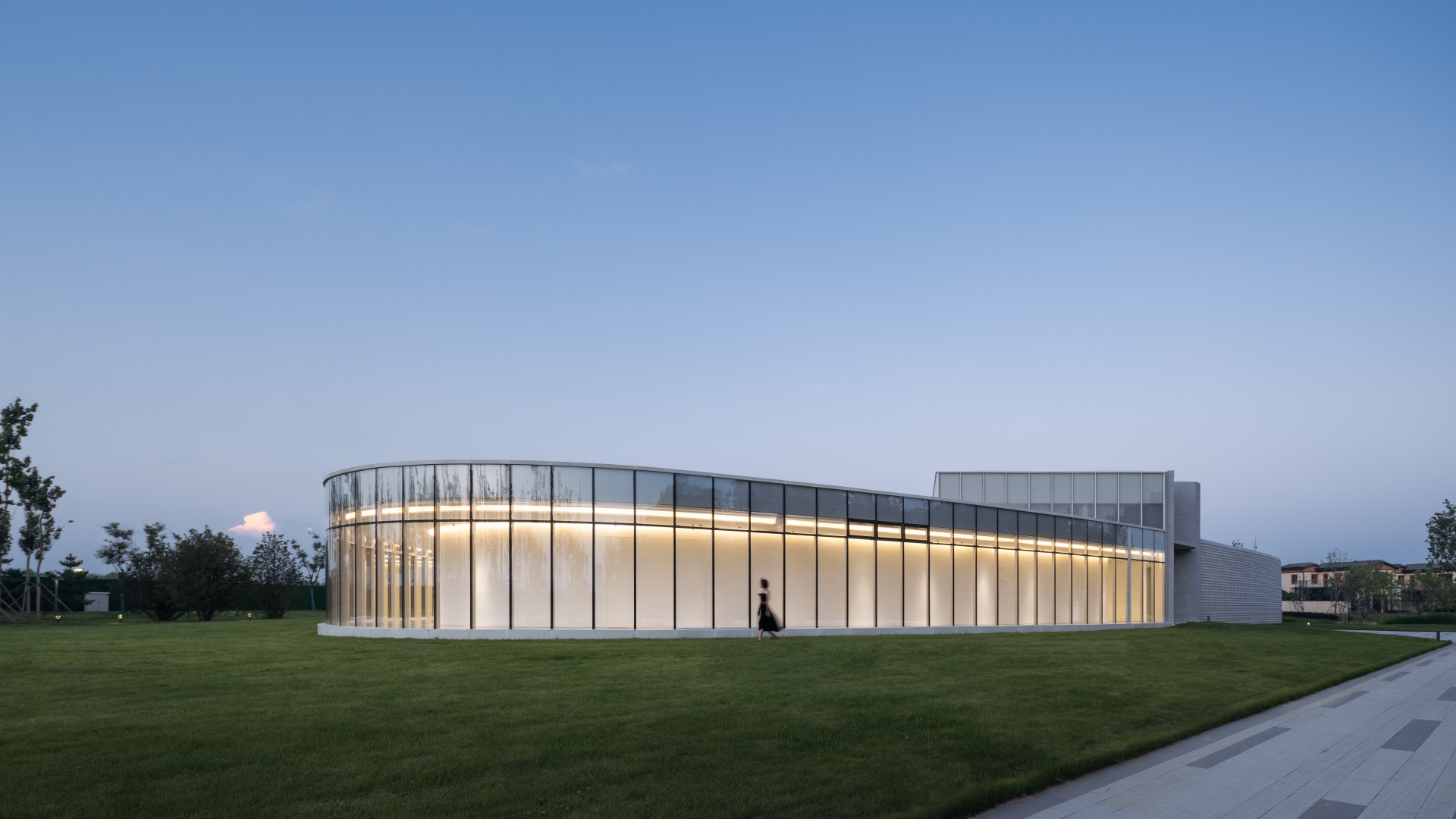
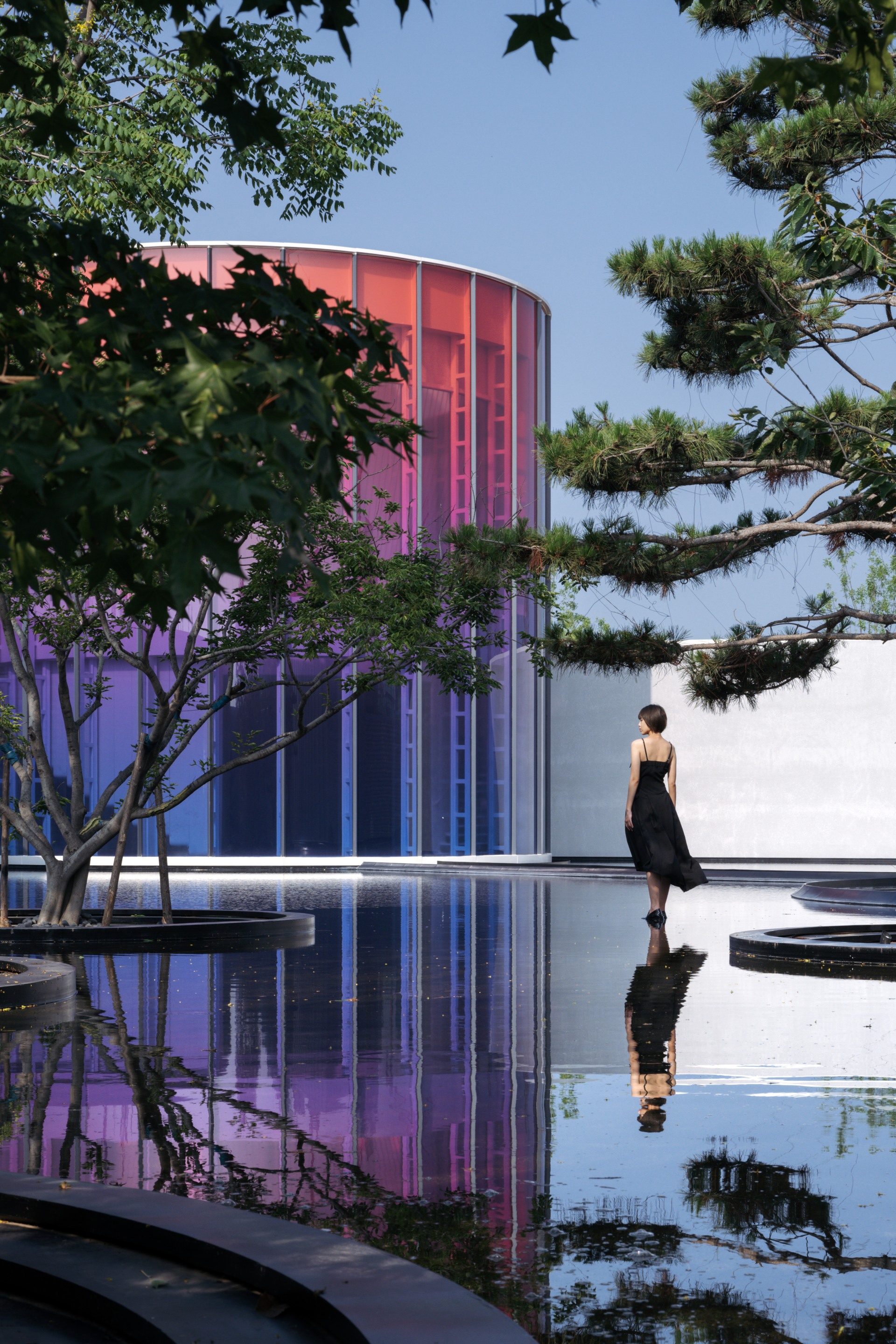
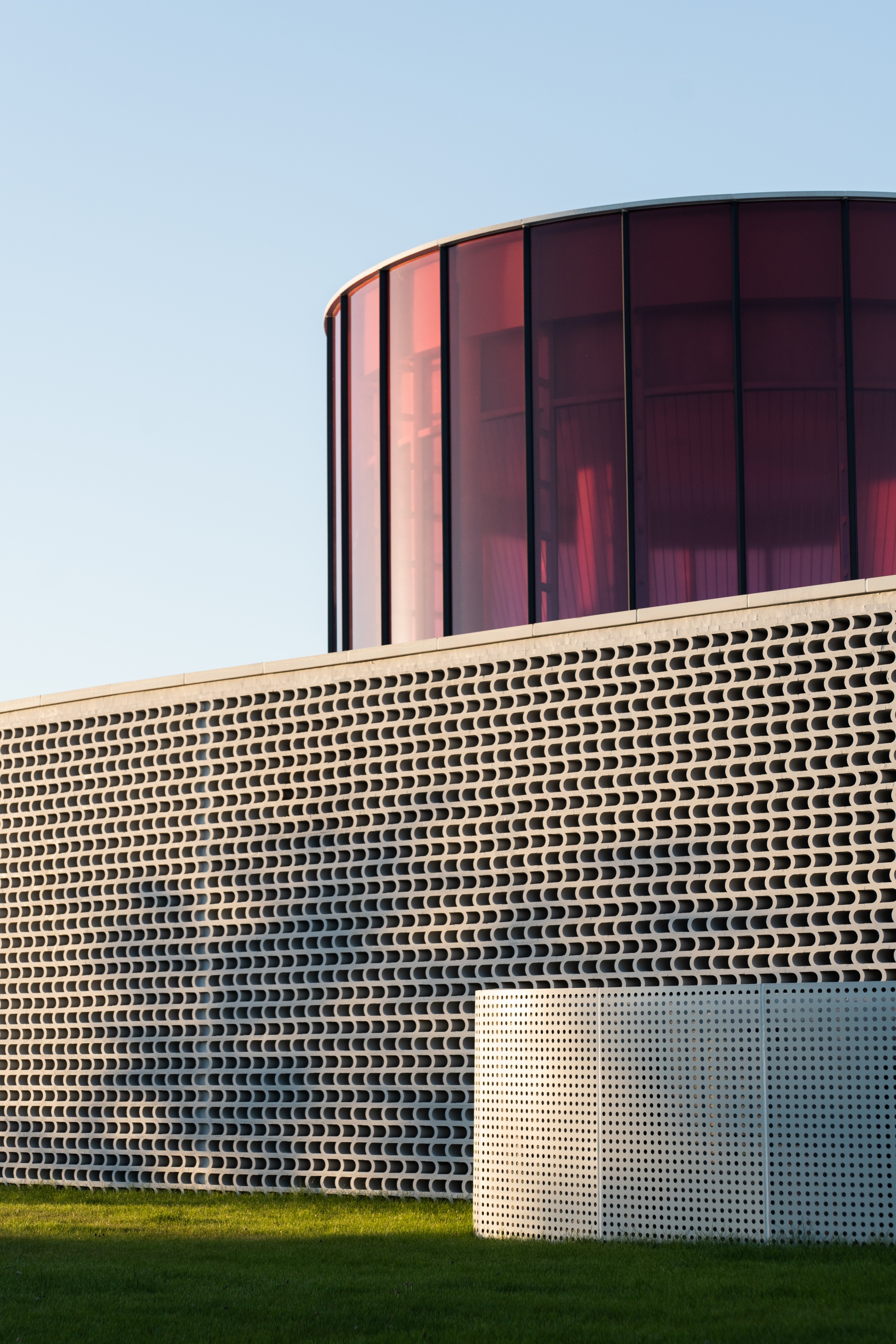
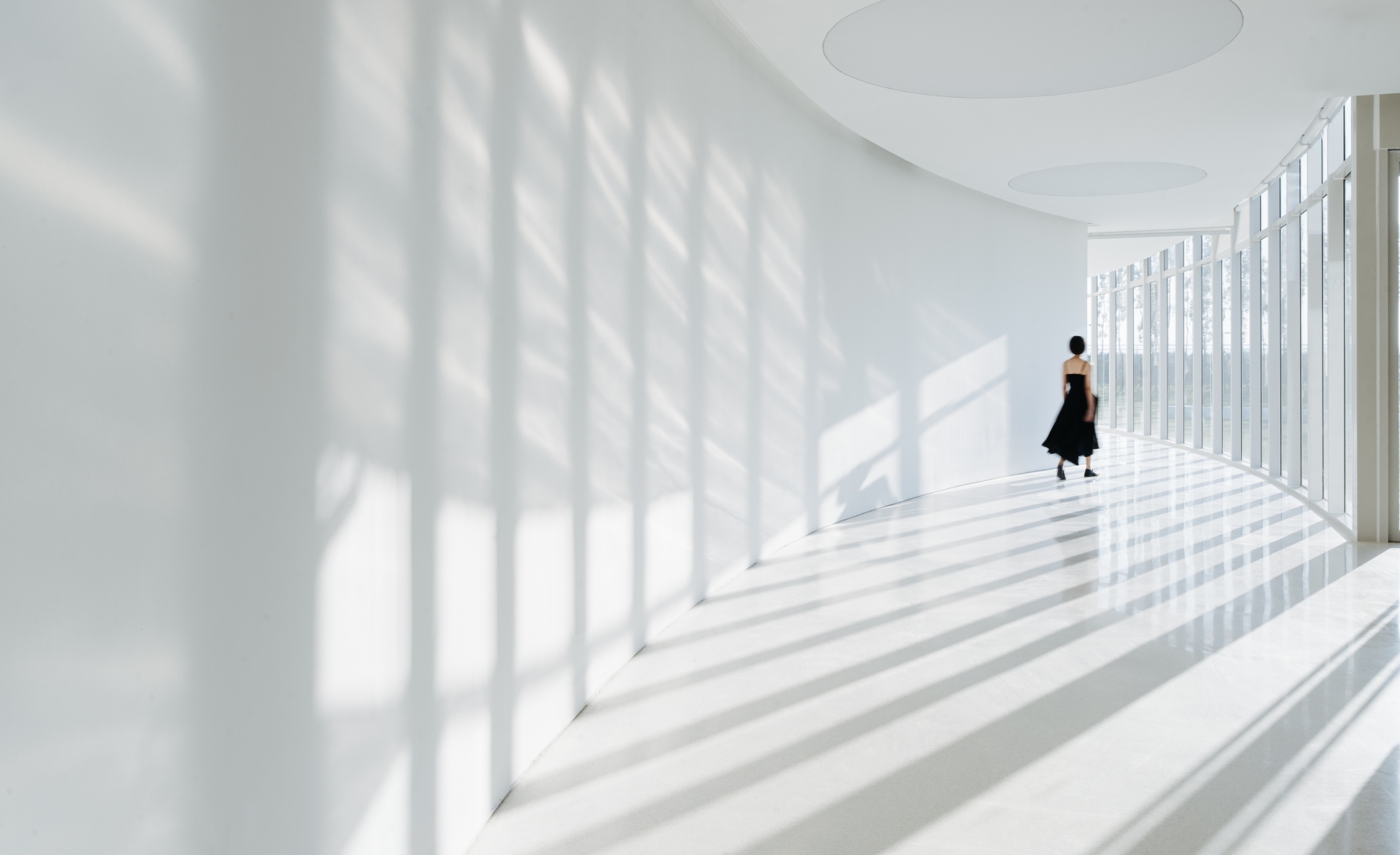
Monologue Art Museum is a multi-function space. It allows different people to be in different spaces at the same time, but one can be alone in an artistic sense. The interior plan is complex and irregular, and the structural design is not conducive to earthquake resistance. However, when the museum is divided, except for the art gallery, the rectangular dance studio, the circular yoga studio and the oval theatre are all symmetrical and regular to provide excellent seismic performance functions. In this regard, Lao Hu, the structural engineer of the space, set up three seismic joints to divide them into four independent structural units. The expansion and deformation of the extra-long structure was released, reducing the heat stress, and avoiding structural cracks caused by temperature changes. Having to accept the seismic joints, the designers had to carefully design the nodes to conceal their presence on the roof, façade, and interior to ensure the whole painting is visually continuous.
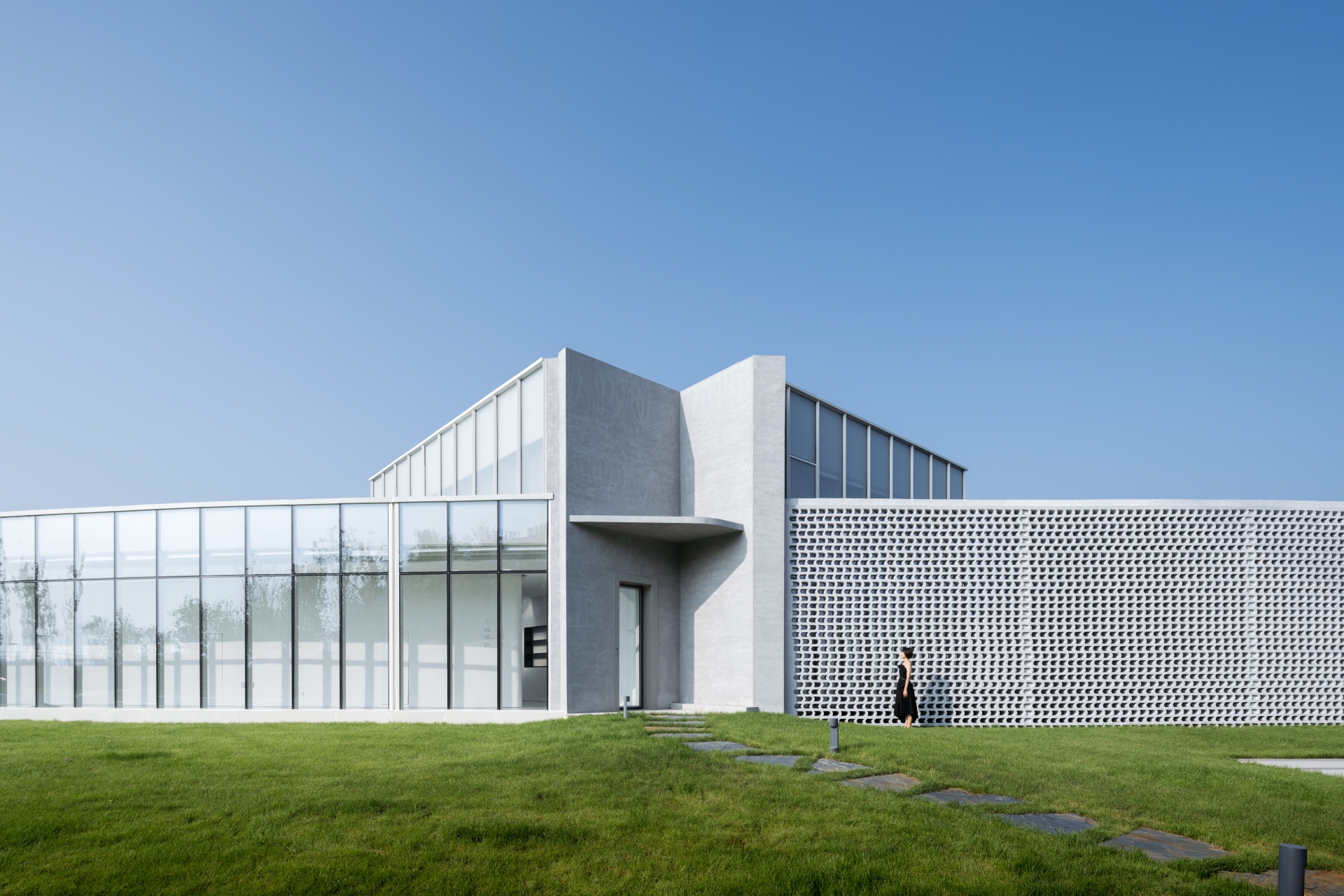
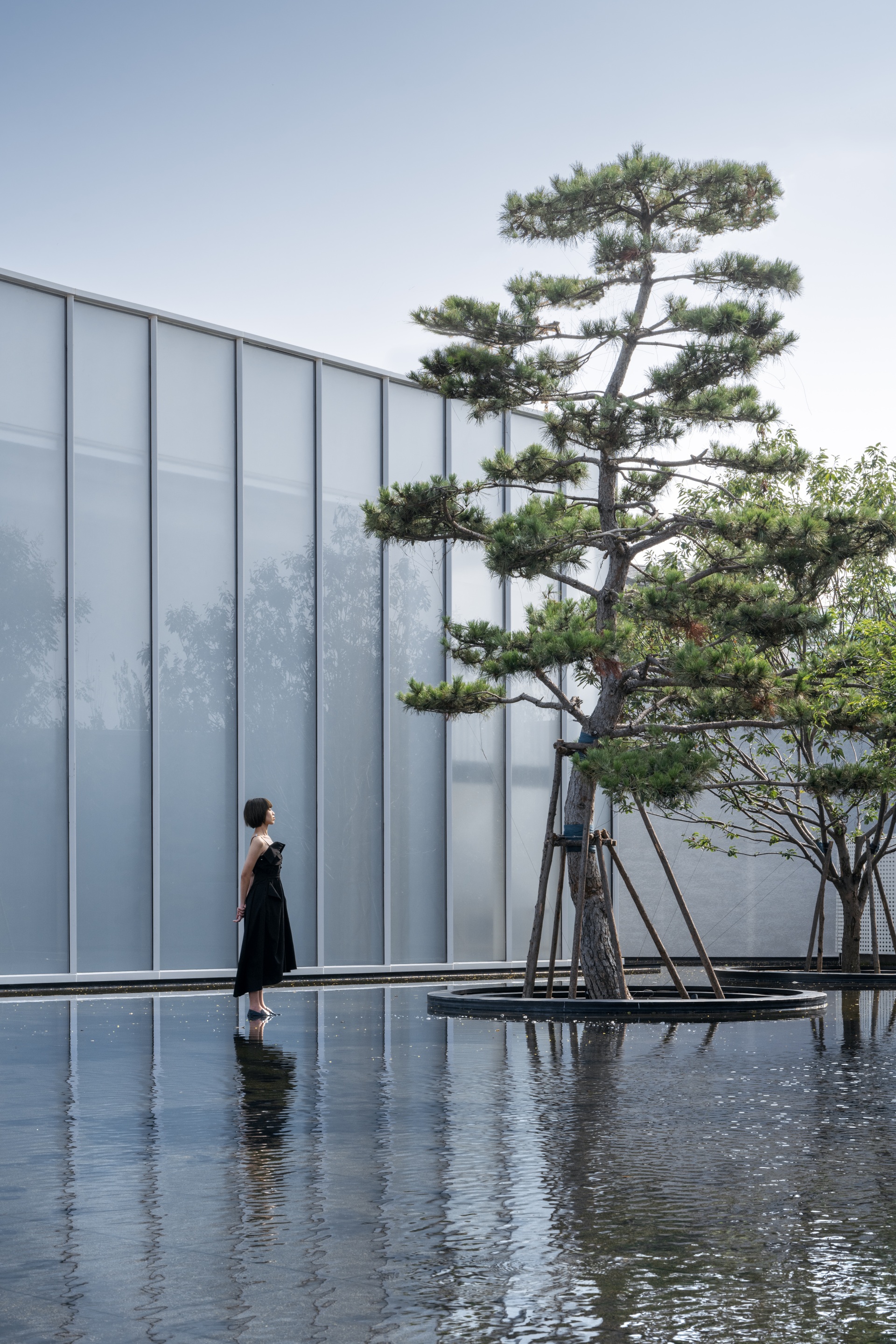
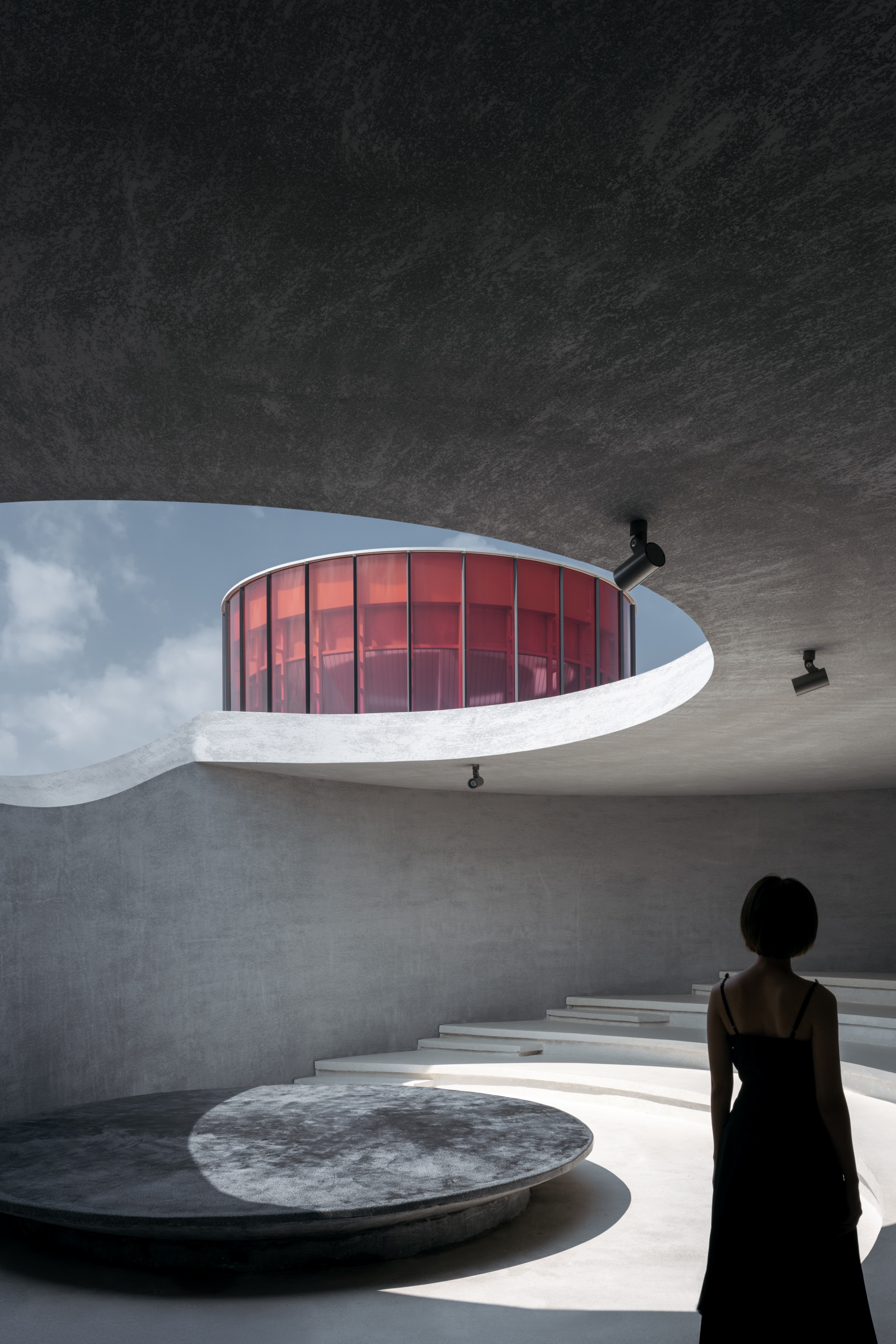
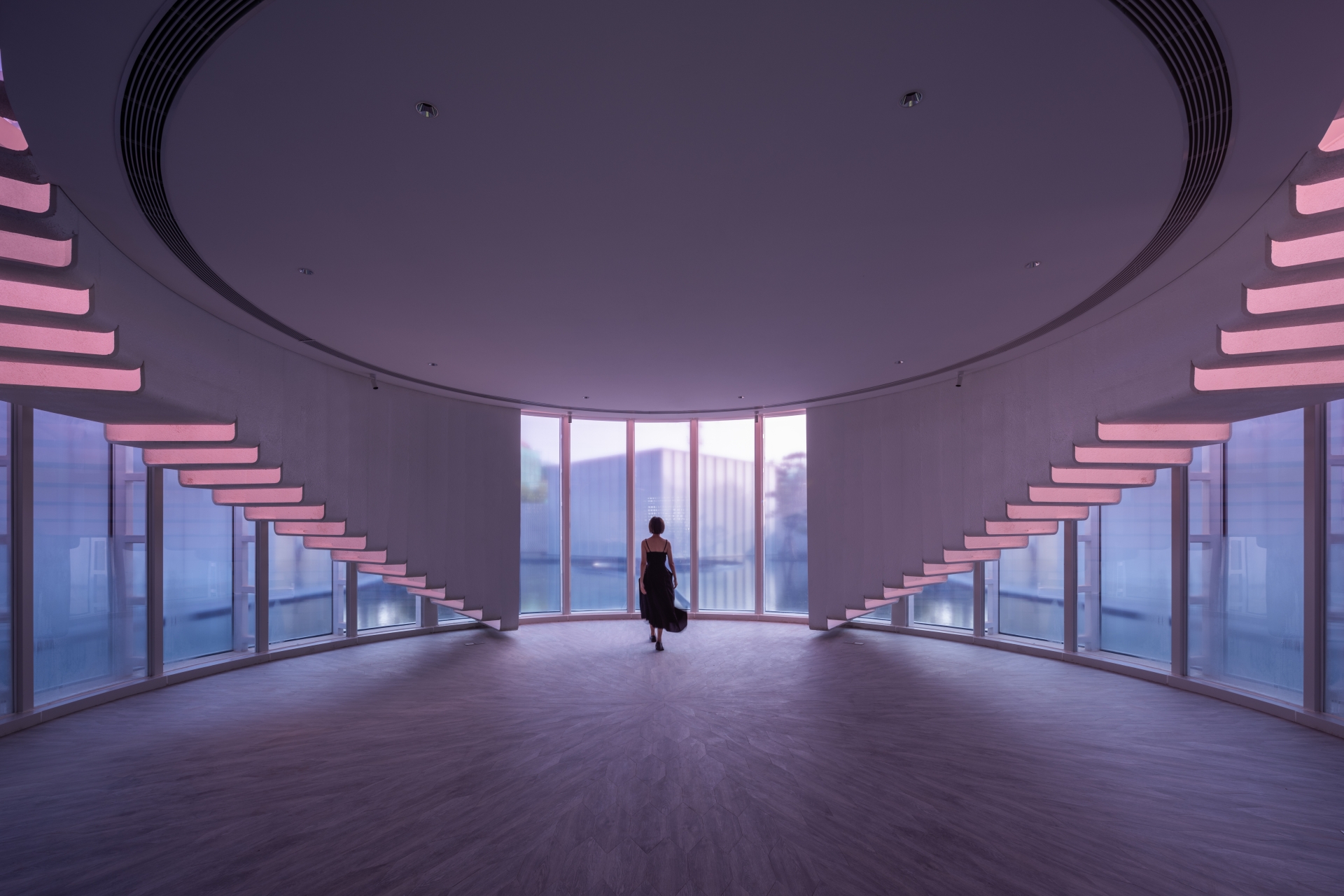
The small theatre is the foyer of the Monologue Art Museum. To reduce the floor area for calculating the floor area ratio, it was designed as a flexible space, but simultaneously, to keep the audience's attention on the performance and not to dramatise the central water scene, the small theatre was designed as a closed space. There’s a cut applied to the curved skylight above the back of the stage to allow daylight or moonlight to spill down like a waterfall, "There is a crack in everything, that's how the light gets in.” On the other side, separated from the main steel structure, the small theatre is shaped by a continuous closure of the reinforced concrete wall panel structure - an elliptical column standing on the pool. The inside is noisy while the outside is quiet.
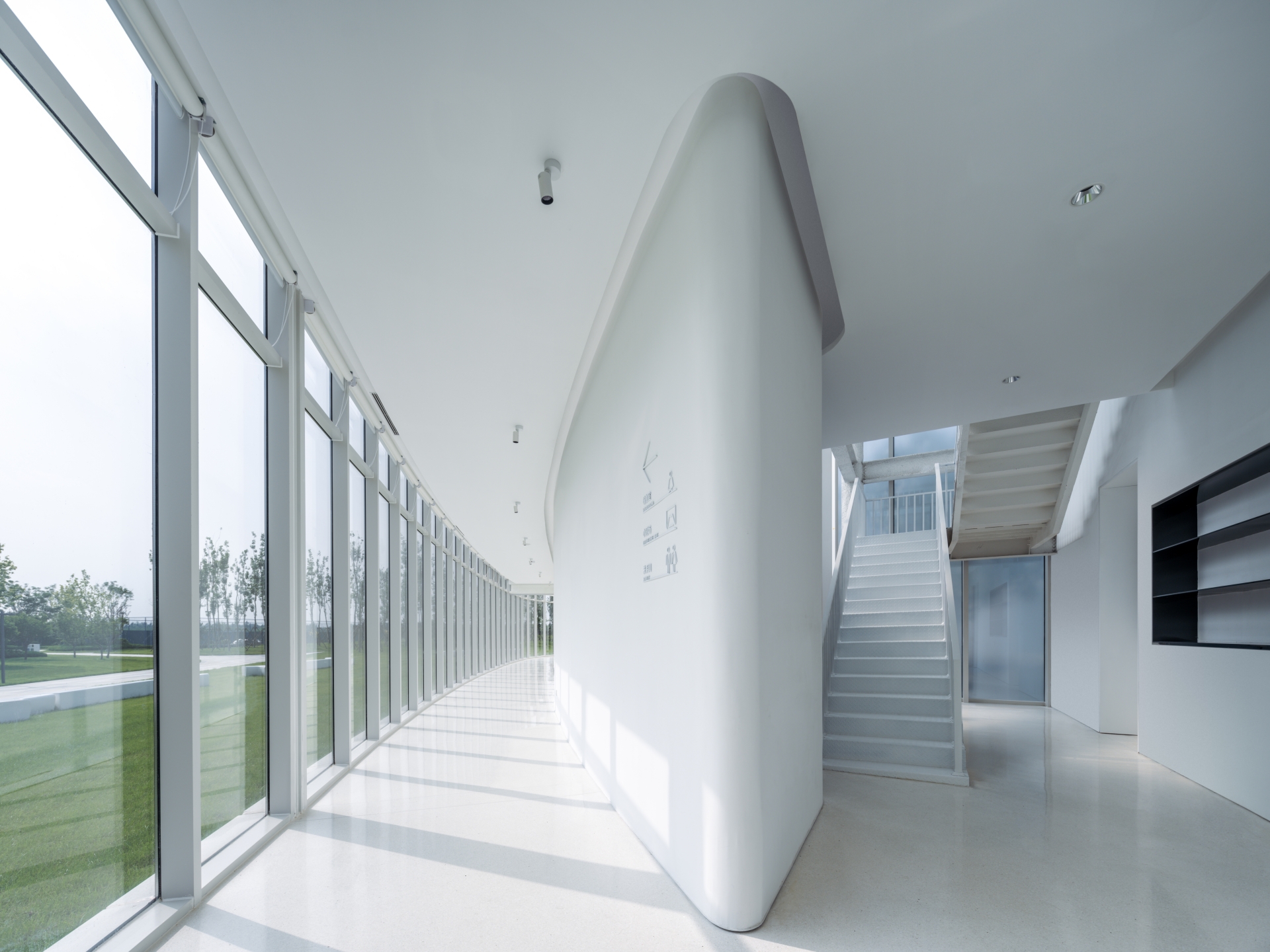

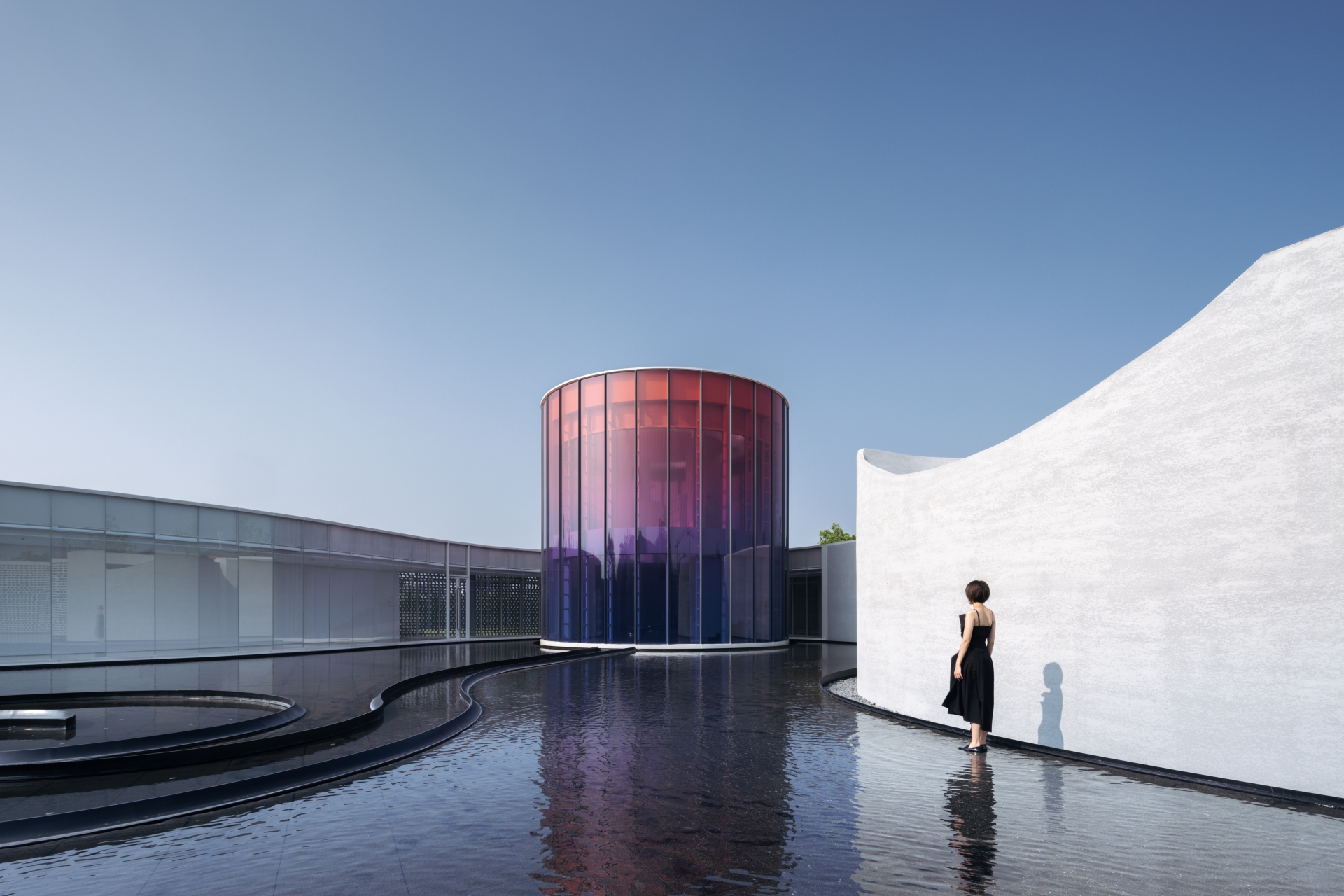
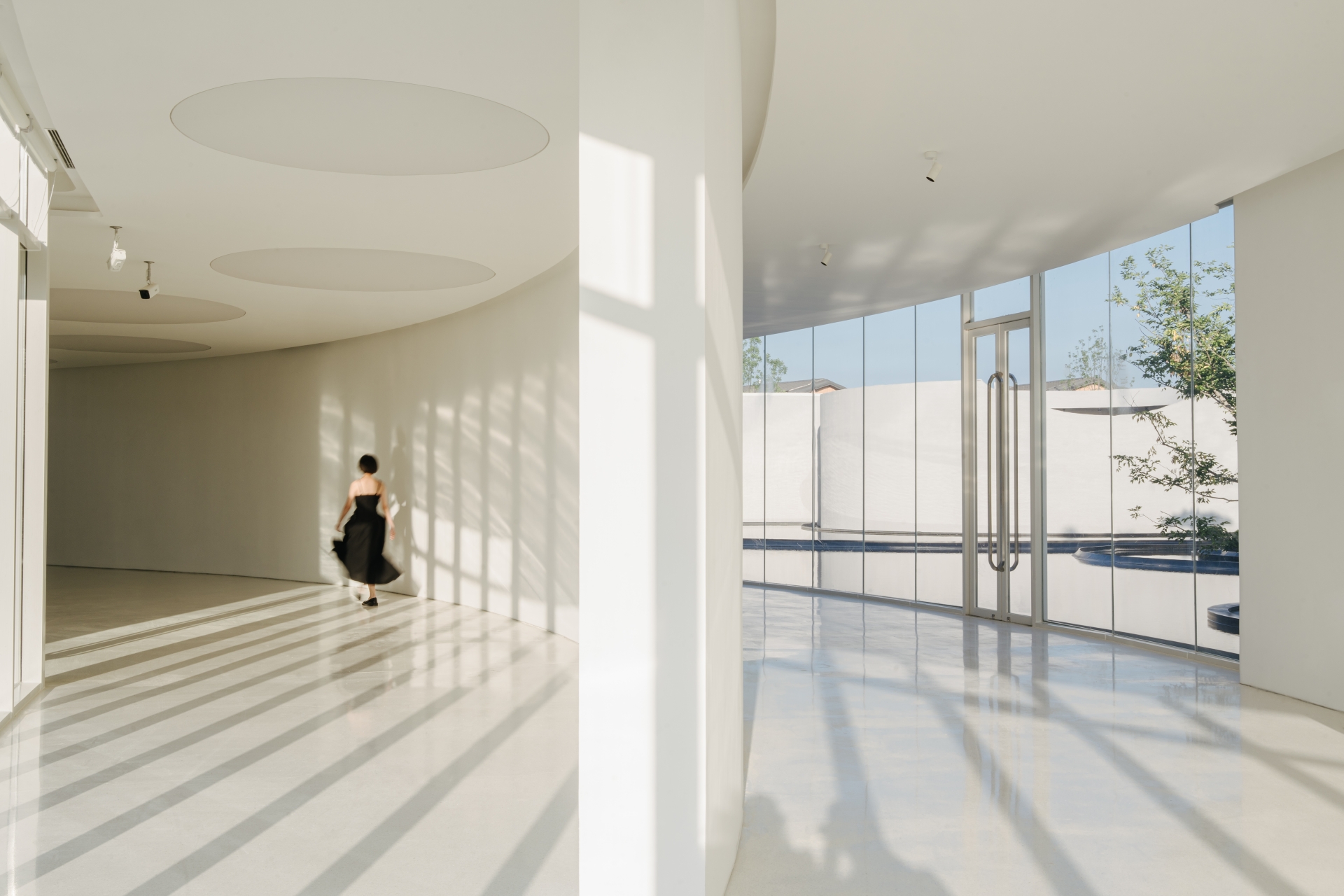
The most artistic feature of Chinese painting is the line. Different parts of the brush have been used to form various lines on the paper, straight and flexible, thick and light, dry and wet, varying in thickness but are continuous. Such lines not only inform space but also frequency, and the boundary of the Monologue can be seen as such a shifting ink line. White is used instead of black in the architecture, where the starting stroke is the small oval theatre. The point is the yoga room, the dried brush is the flower wall, the art gallery is the stroke that connects these, the thin and somewhat fast is the corridor with a nib, then it leans to become a side peak forming a slow thick line, the enlarged art museum, then the dance studio is a stroke slowly back to the nib. At the beginning, the art gallery and the art museum are closed on the outside and open on the inside to the water courtyard, while after that it is closed on the inside and open on the outside to the large landscape, which resembles how the pen moves. The design director reveals that he wanted the glass surface facing the exterior of the courtyard and the museum to have a continuous view without any structural elements. To reduce the self-weight of the structure and to reduce the size of the structural elements, the roof is made of a whole cast layer of 40mm fine stone concrete with ribbed patterned steel plates on top to ensure thermal insulation and waterproof performance. Following that, Lao Hu set up independent column overhanging beam steel units in the narrow corridor, and hid them in the walls. This single-span frame overhanging beam steel structure unit was used in the enlarged art museum space with a maximum overhang of 4.6 metres. It ensures a fully permeable effect with no vertical elements blocking the facade facing the water courtyard.
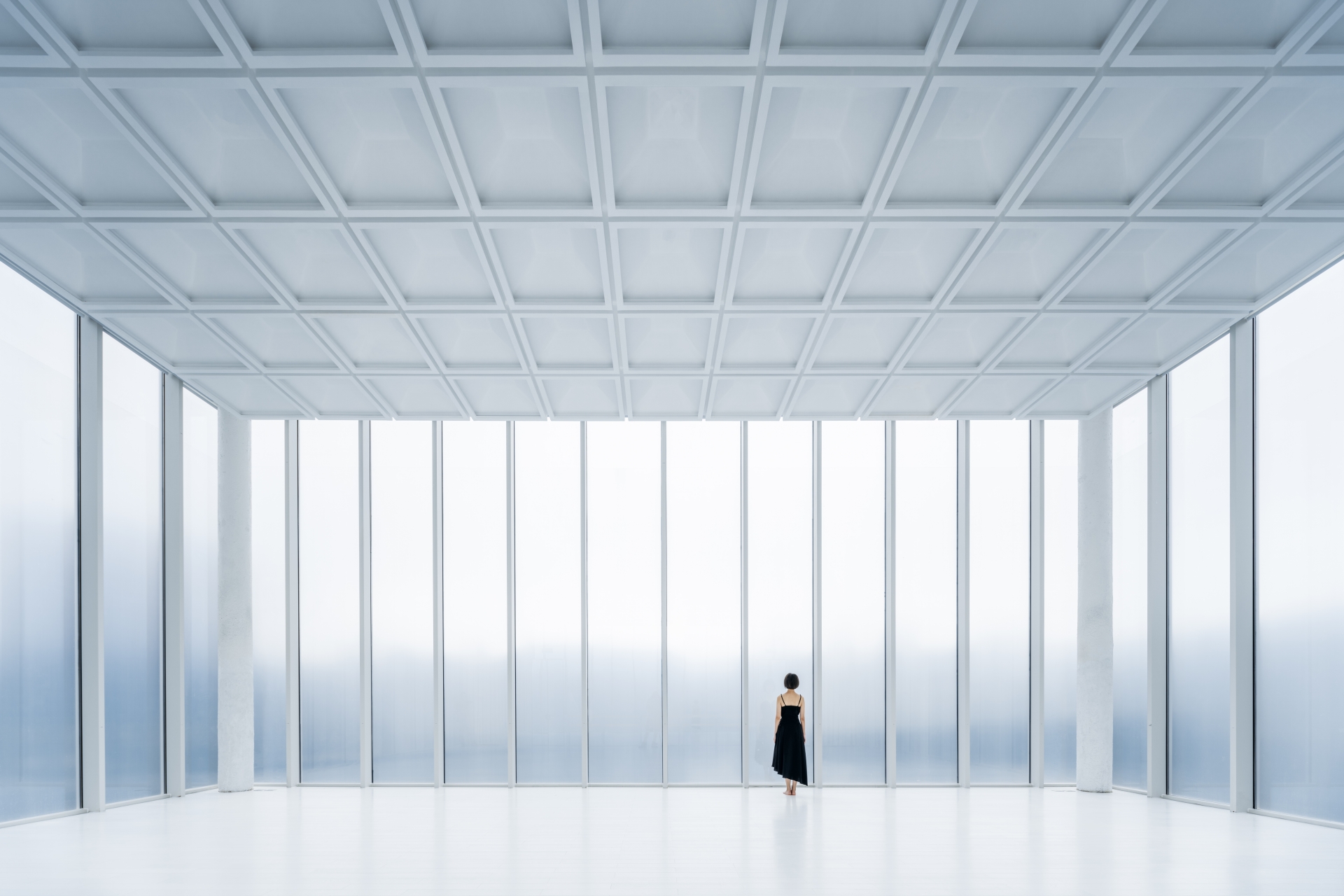
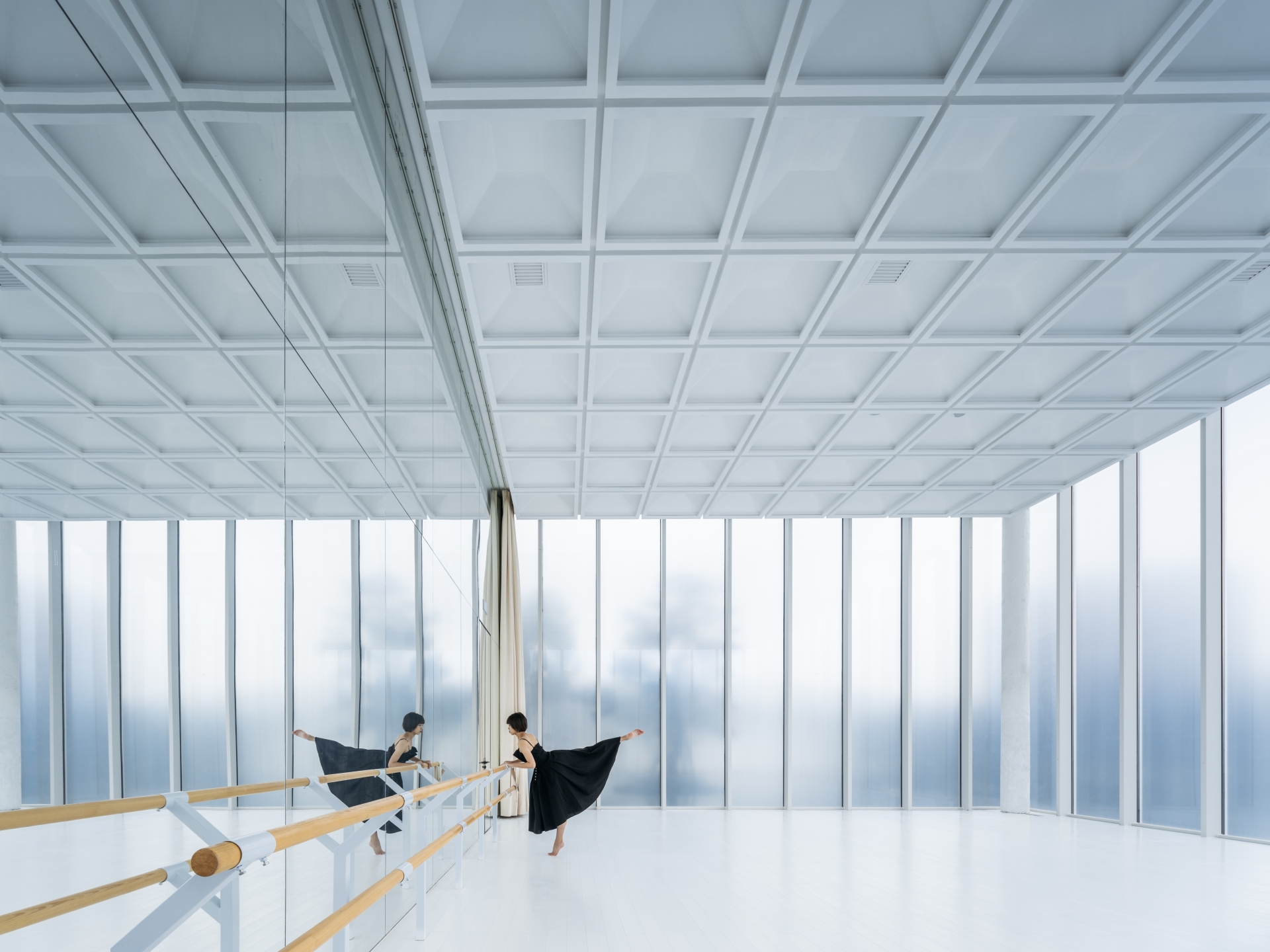
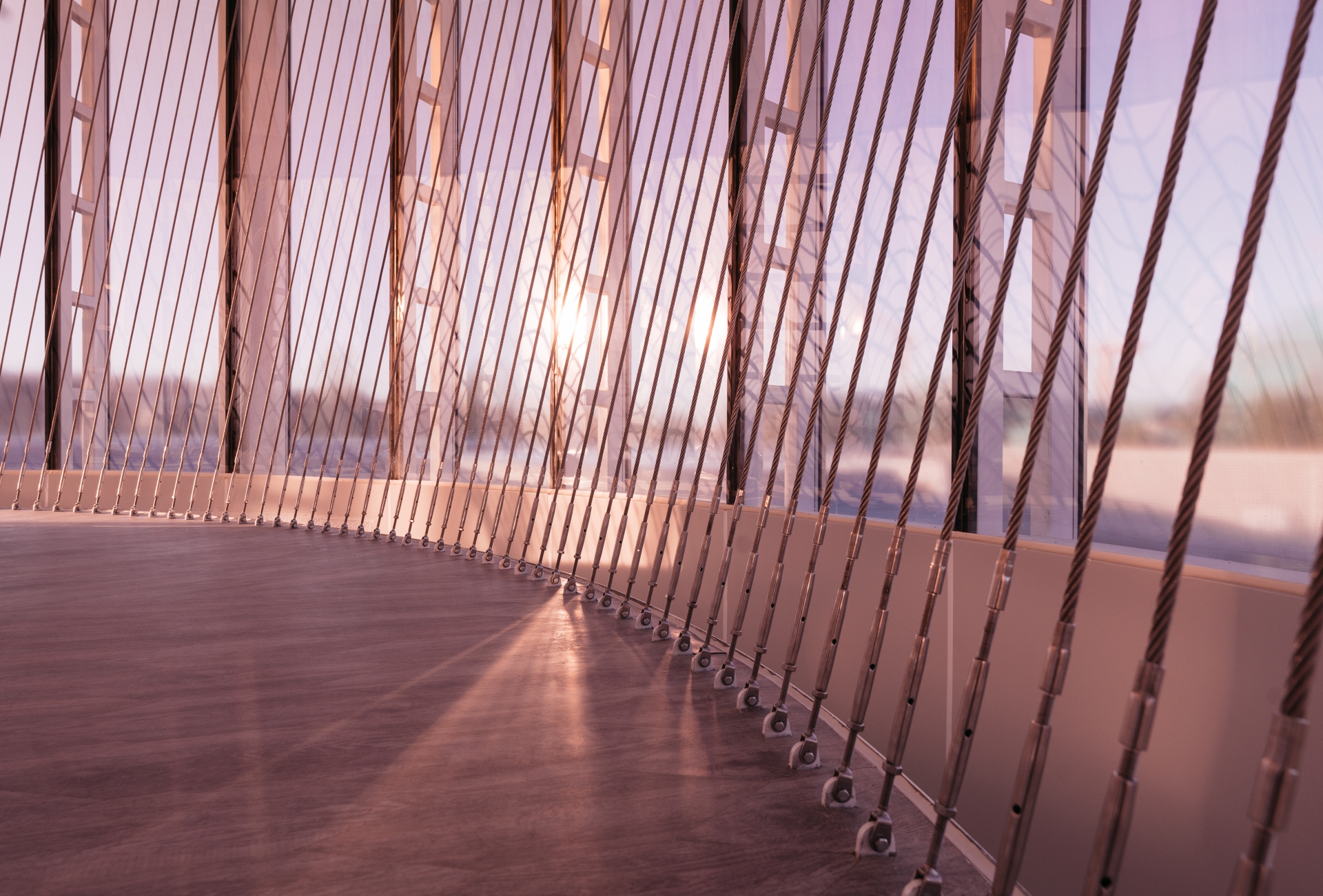
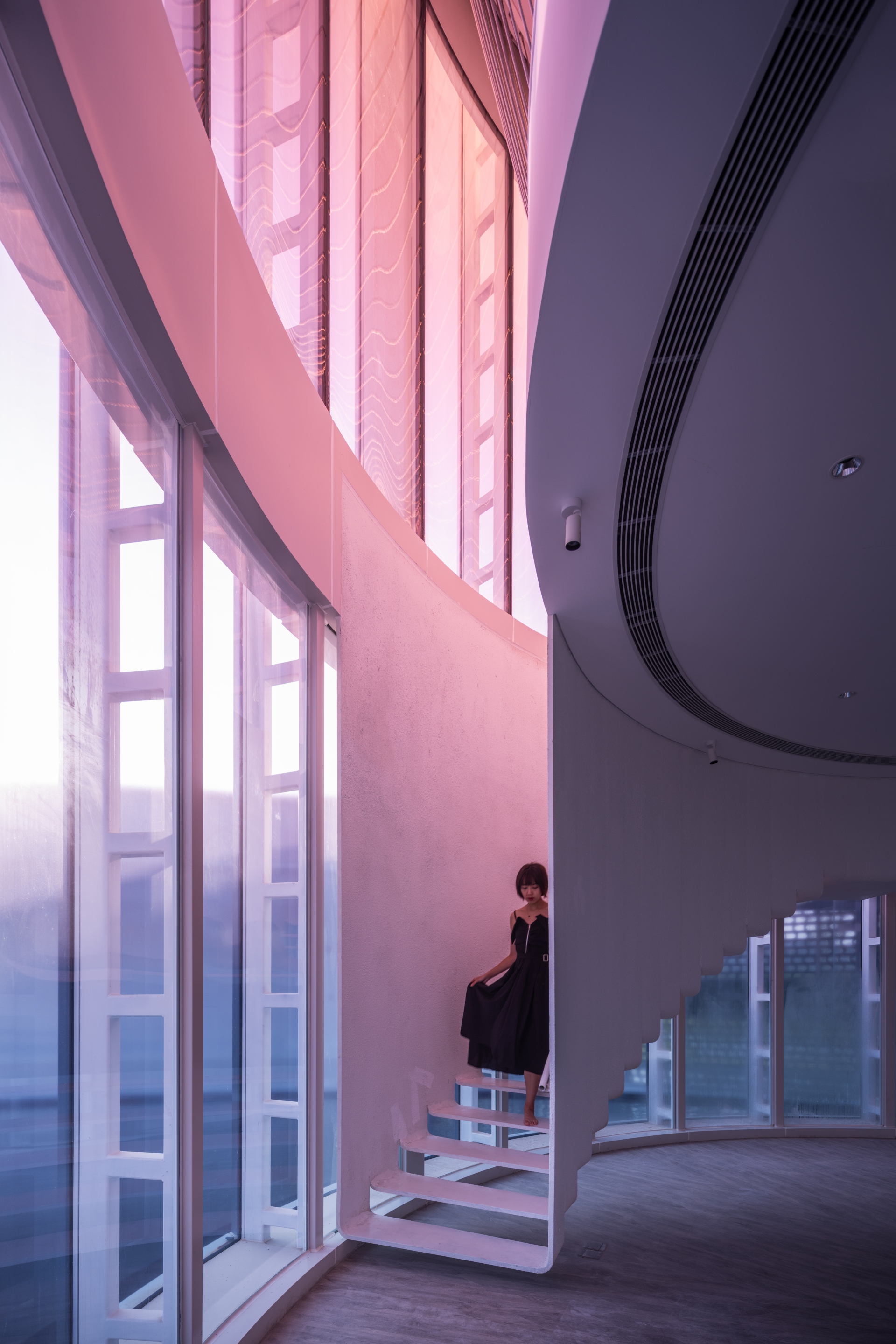
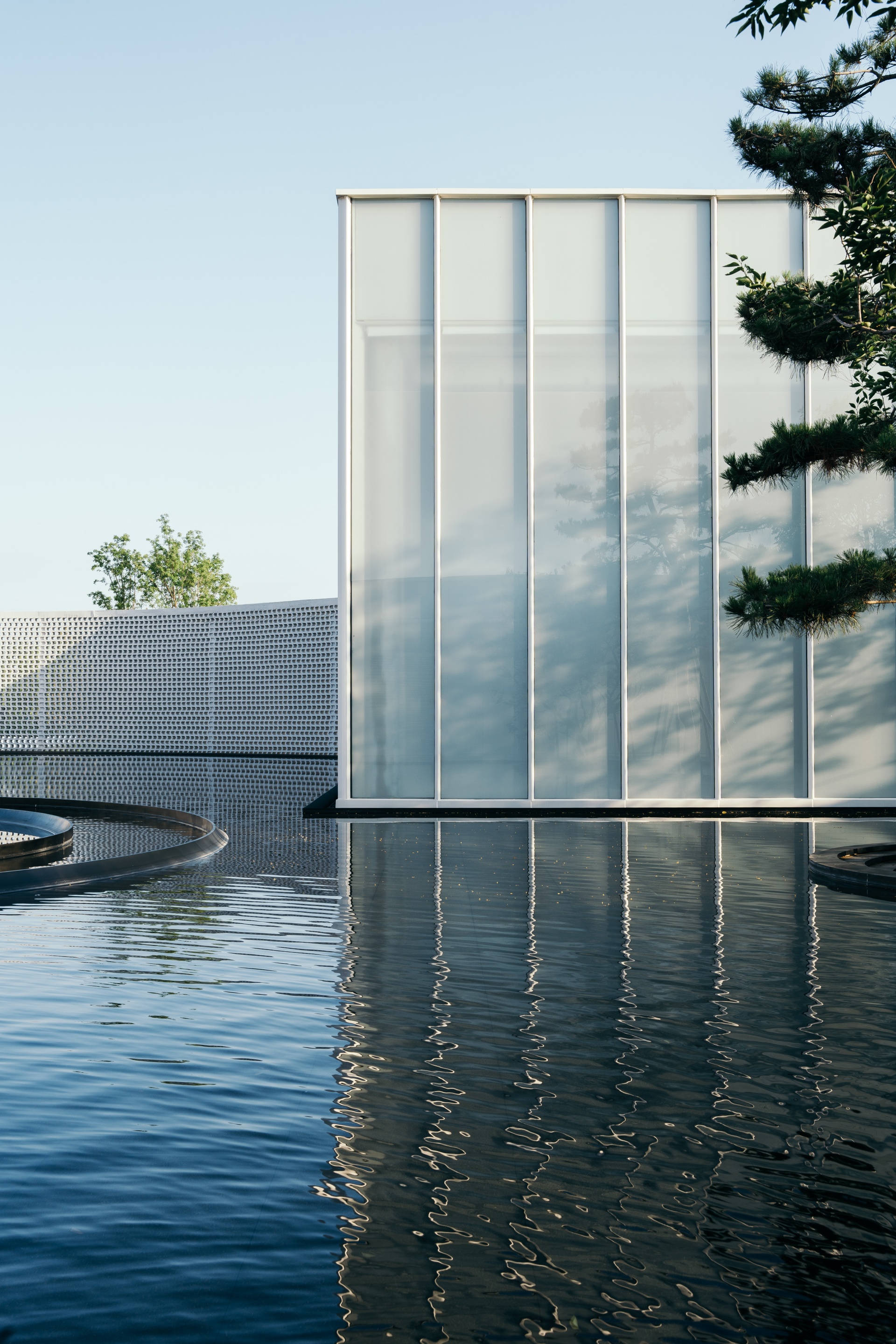
Taking experience from his visit to a dance school in London designed by Herzog & De Meuron, the design director recalls that he was told at the time that dancers want to have a lot of light when they train. A so-called beautiful landscape and colourful façade would interfere with their emotions. He therefore designed the dance studio at the Monologue as a translucent glass box, with enough light but filtering out the outdoor scenery as a backdrop. Behind the mirrored wall of the classroom is the entrance foyer and the dressing room in the mezzanine. The dancers can then dance as above and so below. The dance classroom only has a small area of mezzanine space on one side of the entire regular plan square. Continues the design director, “I gave up my dream of landscape painting after copying Ni Zan's Six Gentlemen in my second year, realising that I would never be able to be an artist like him. But those six trees became my lingering obsession. Therefore, many of my works in the future have the design of using the trees as a point of reference. This time, due to the limitation of climate and source, I used pine, elm, cypress, maple and oak in the north instead of Ni Zan's original six types of trees in Jiangnan to form the new Six Gentlemen of the water garden.”
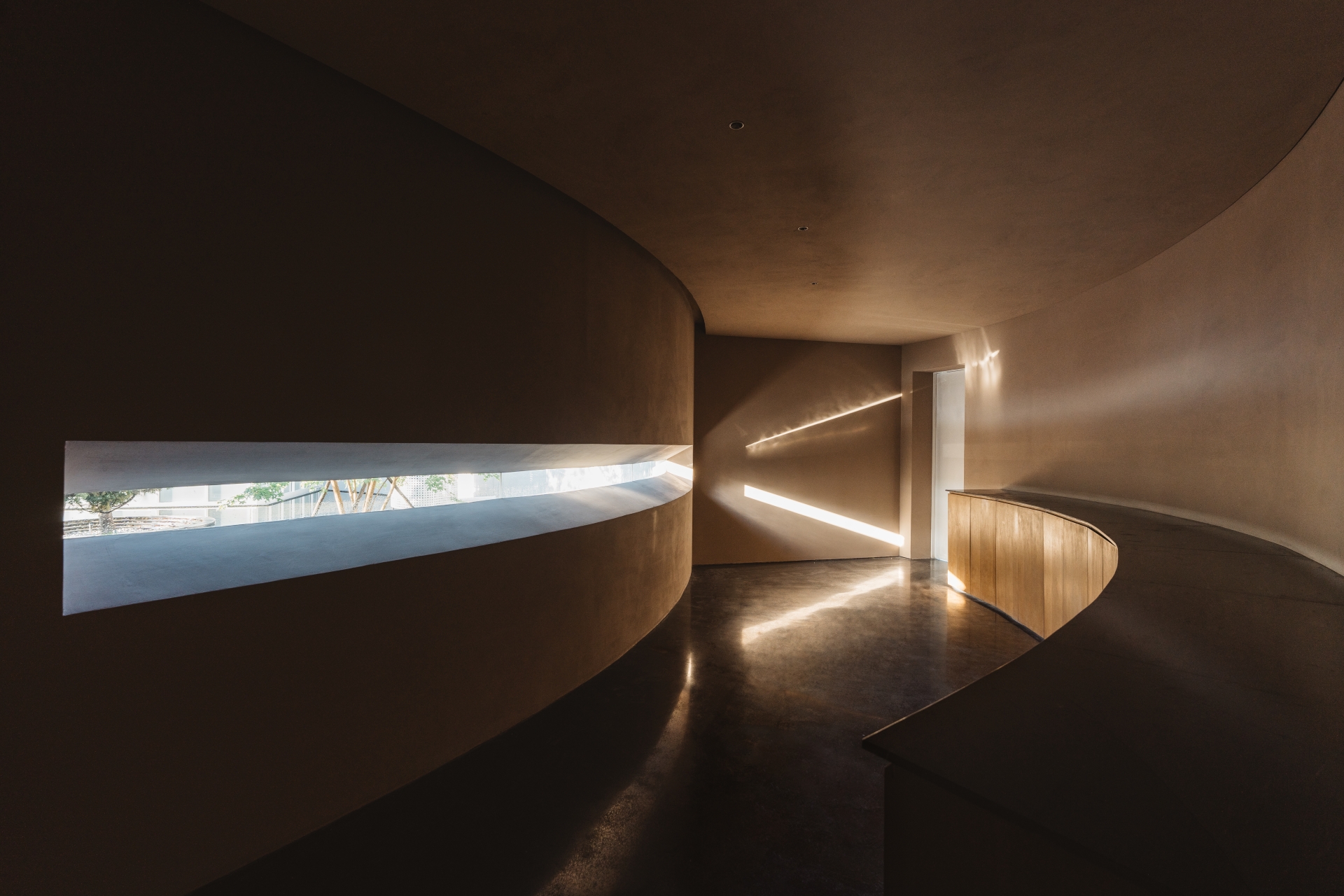
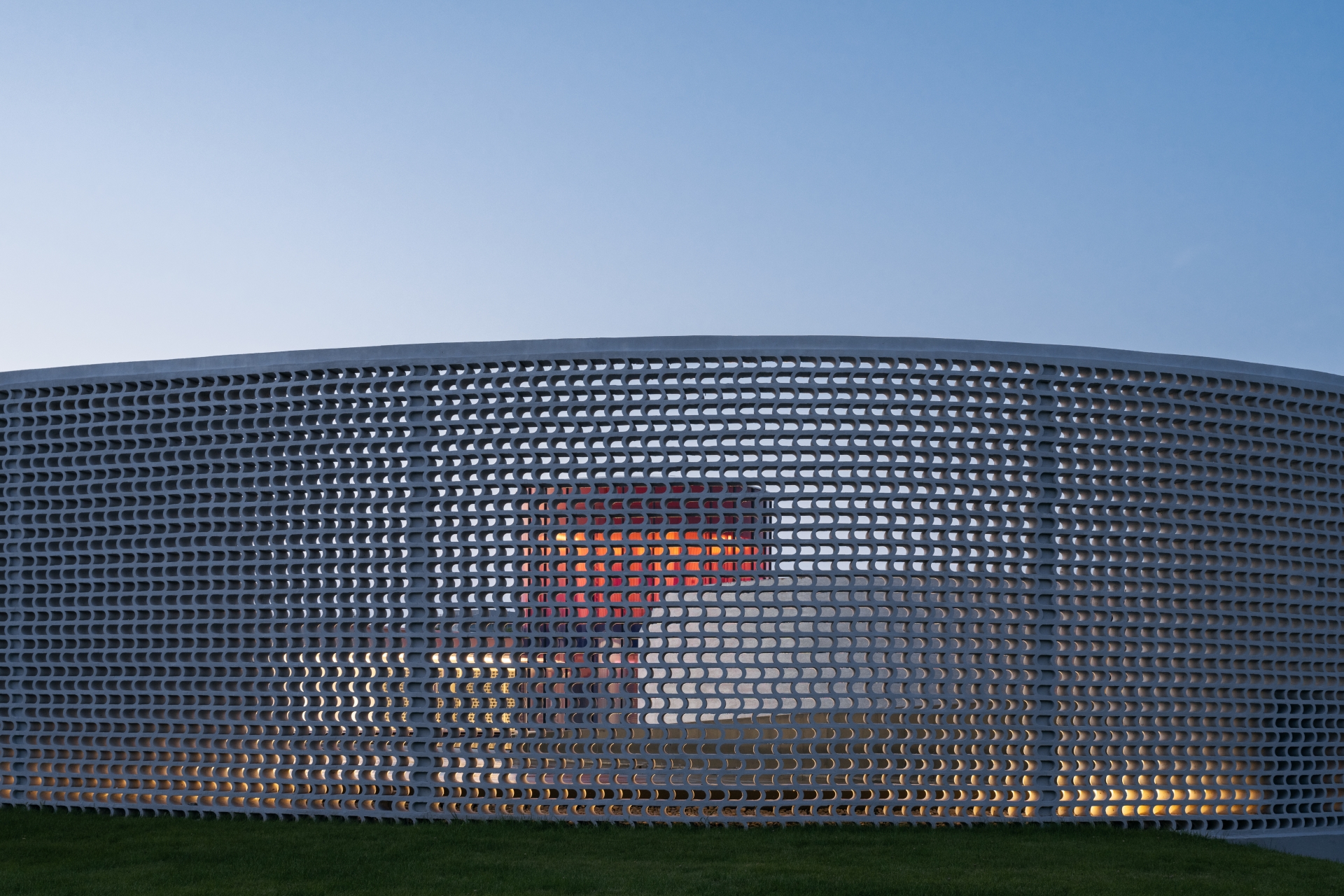
The courtyard was originally designed to have white dry-clay-stone floor. It could give the whole building a weightless feeling, which was successfully experimented in my White Upland project, creating an unreal illusion. Says the design director, “I changed my mind when I designed the presentation of the Six Gentlemen. Instead of pursuing a slightly sweet dream, I tried to express a somewhat melancholic mood after reflection. The painting of Six Gentlemen expresses the vast water surface with a large amount of emptiness, which makes the picture present a sublime atmosphere without being limited by the size. In this regard, I decided to change the white into black, turning the accessible white square into a black pool that can be seen. This creates a new depth in the visual aspect. In this way, the white building is surrounded by a deep pool of silence, you stare at it while it stares at you. The surroundings suddenly become quiet. There is only the rustling of the wind blowing through the Six Gentlemen.” He continues, “however, I did not eliminate the landscape water system in the original courtyard that takes the meaning of Winding Stream Party. I wanted the design of this flowing water to become a surging current in the calm water courtyard, forming the design of water within water. The water flows from the plunge into the centre of the courtyard, spirals and twists, then flows toward the yoga room, connecting with the external water system under the foundation of the building, and finally quietly flowing into the sea. This connects the self-contained Monologue Art Museum to the Yellow Sea.” Ultimately, the reason why this art museum was named Monologue was because it’s the founder’s ambition to create an island in the middle of the bustling sea where people can enjoy their solitary existence. It’s meant to be a one-person paradise with the sea somewhere nearby.
